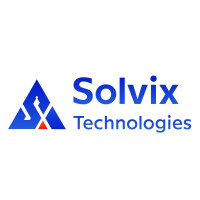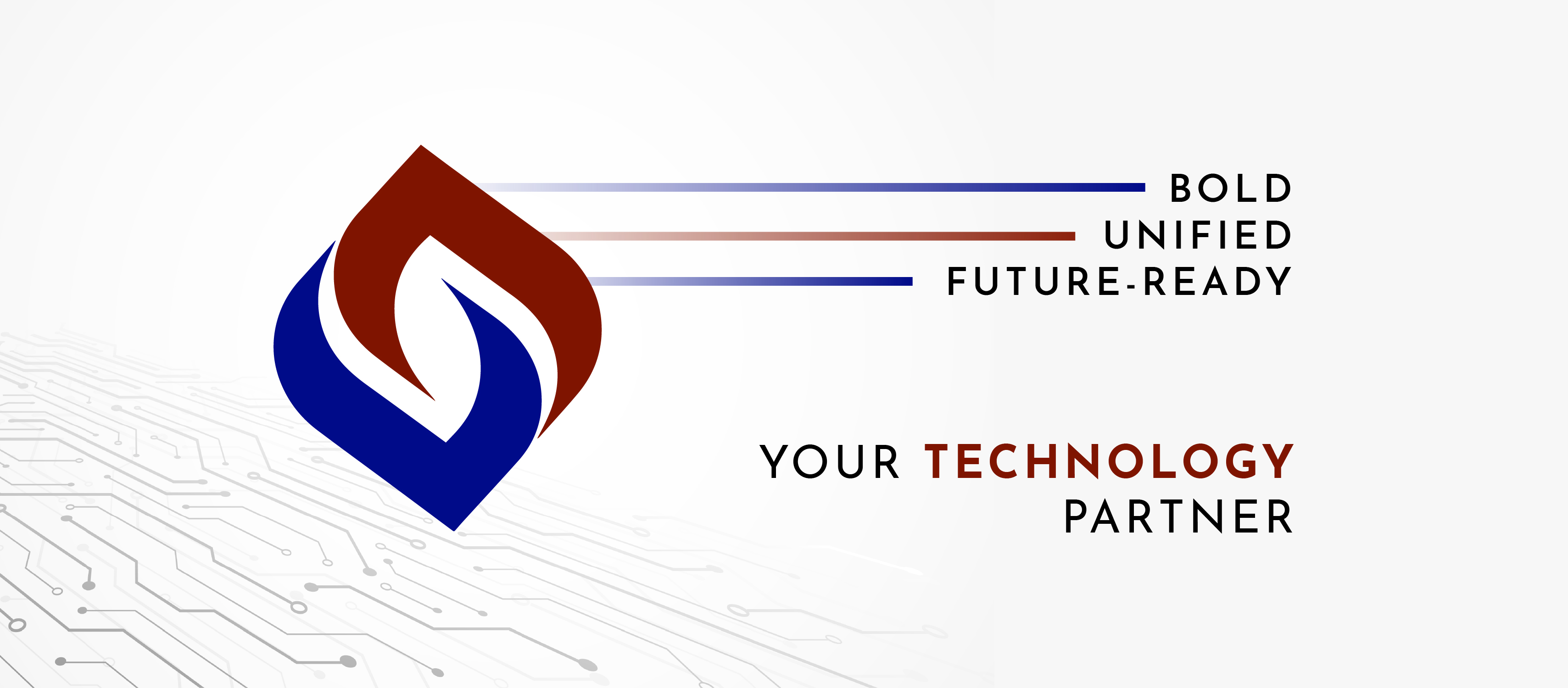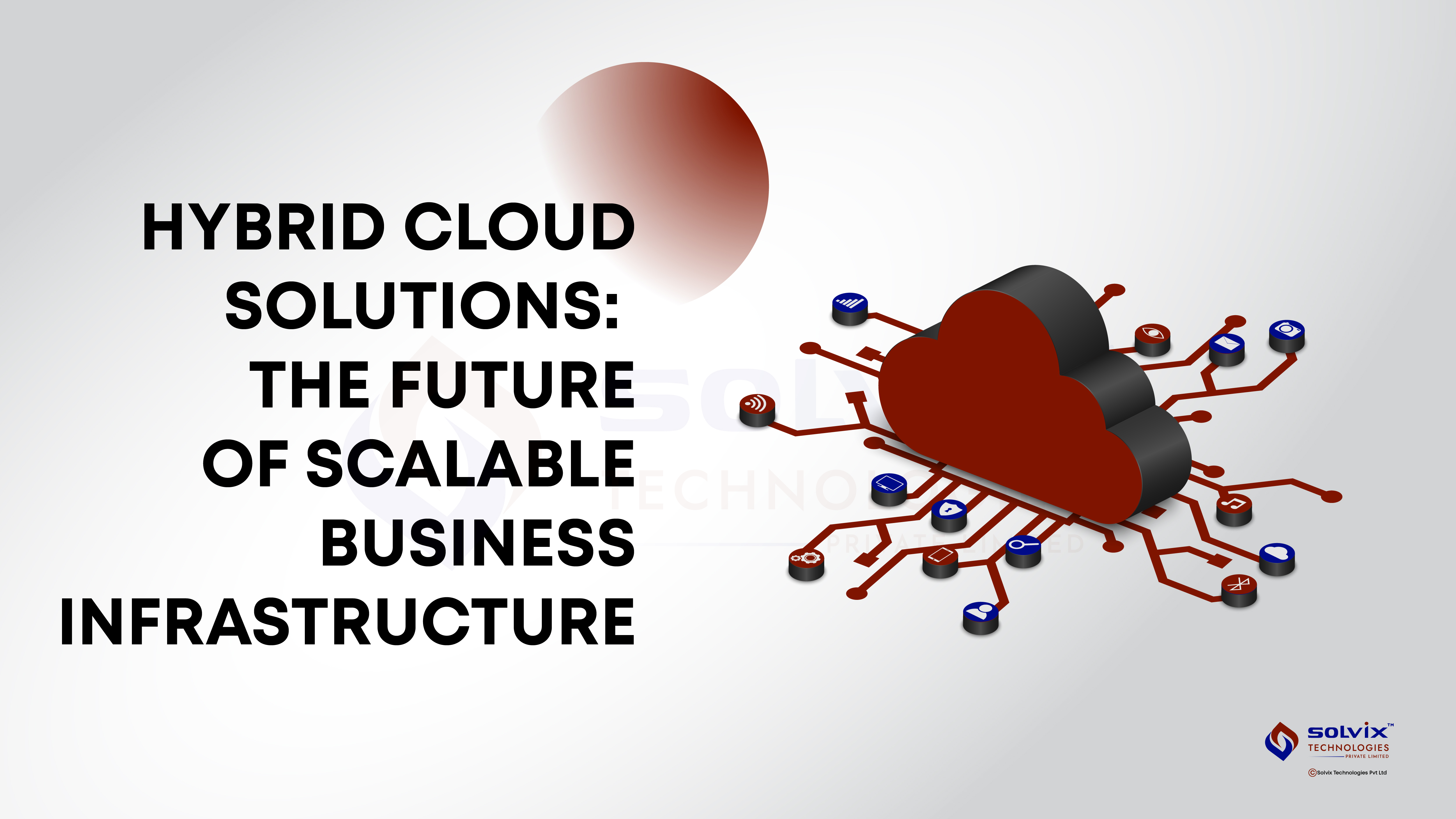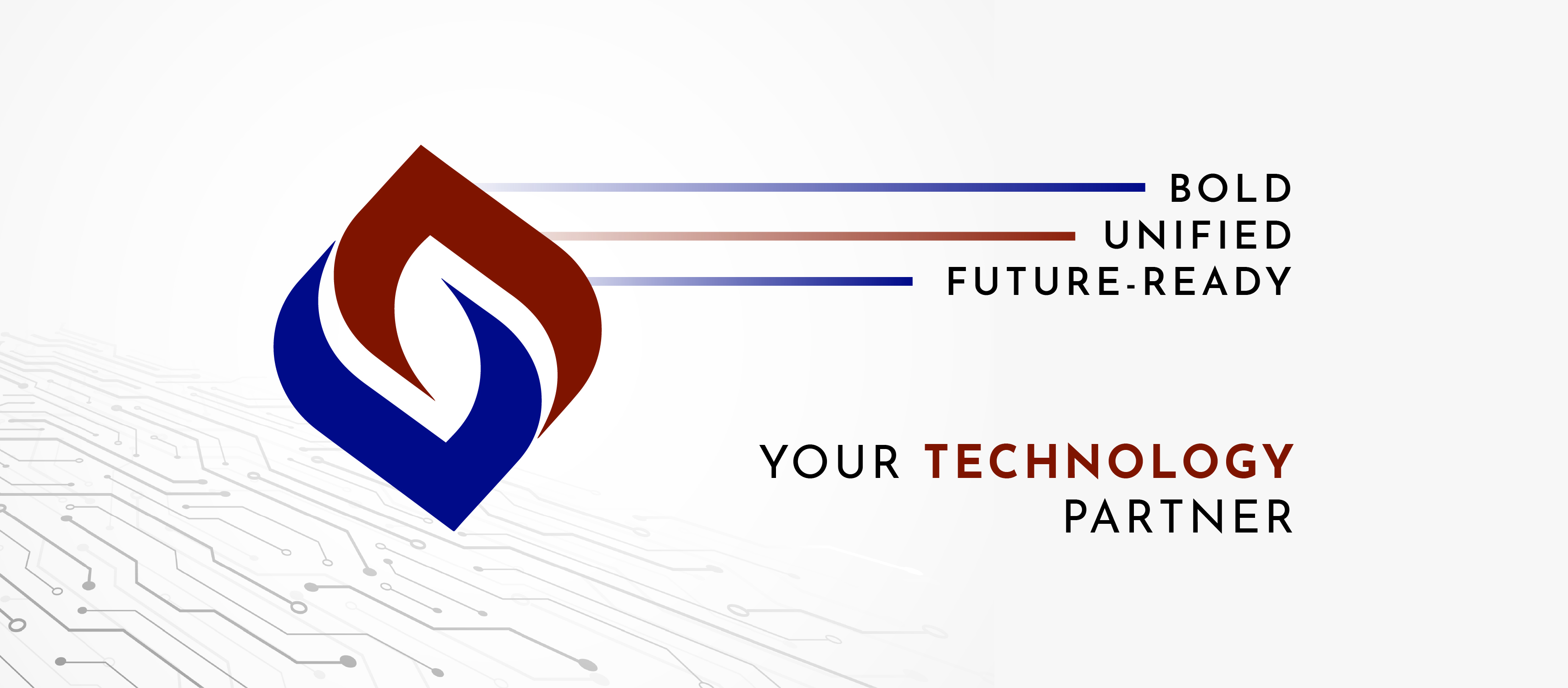Best Frontend Development Frameworks 2025: A Guide to the Top Tools and Trends
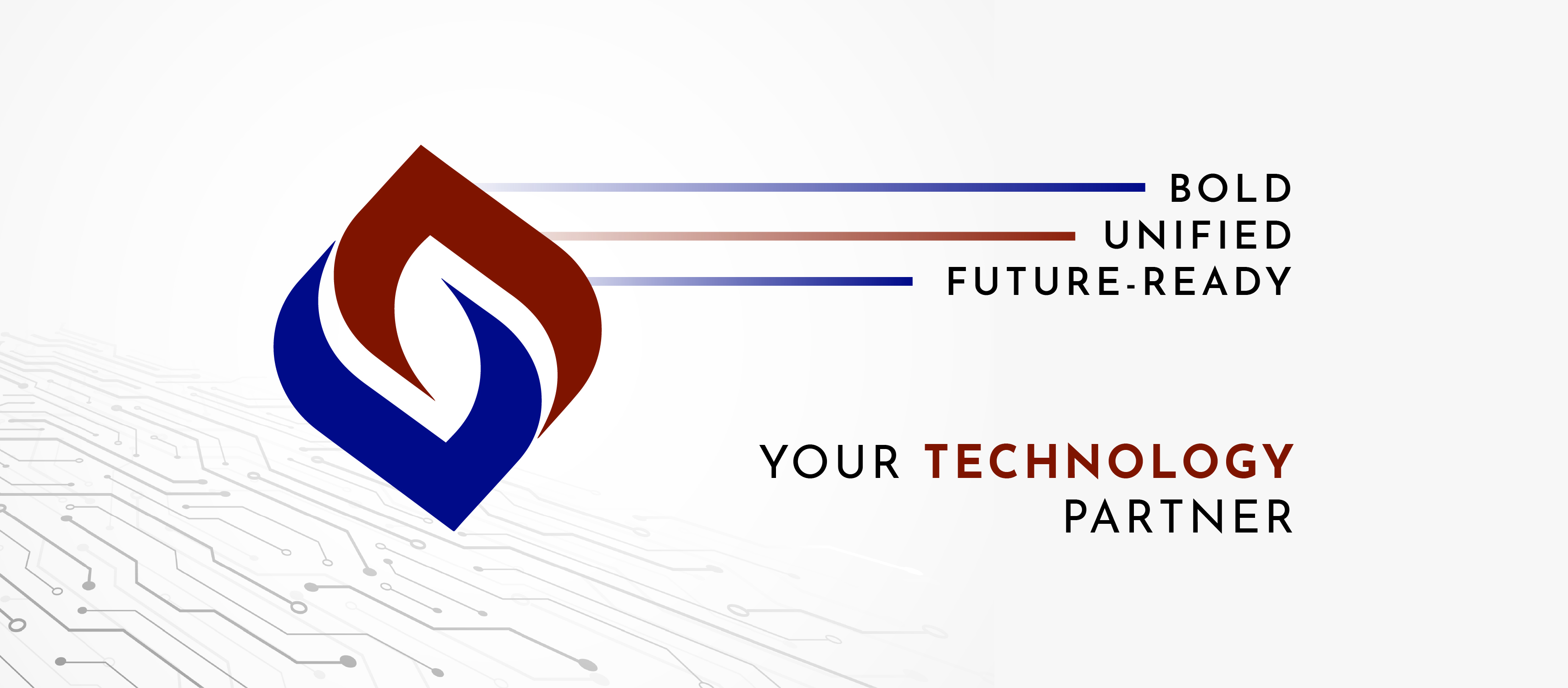
Strong 8k brings an ultra-HD IPTV experience to your living room and your pocket.
Frontend development is evolving rapidly, driven by new frameworks, libraries, and user experience demands. As businesses aim for high-performance web applications, choosing the right frontend framework is crucial. In 2025, developers have a variety of powerful frameworks to build scalable, efficient, and visually appealing applications. This article explores the best frontend development frameworks 2025, analyzing their features, advantages, and use cases.
Additionally, we will highlight essential frontend development tools and libraries that complement these frameworks, helping developers optimize workflows and enhance productivity.
1. Why Choosing the Right Frontend Framework Matters
A frontend framework determines how a web application functions, how it scales, and the user experience it delivers. With technology constantly advancing, developers must stay ahead by adopting frameworks that offer performance optimization, faster development, and seamless integrations.
The right framework should:
Support reusability and modularity for faster development cycles.
Enhance performance and speed, ensuring smooth rendering and interactions.
Offer strong community support and continuous updates.
Be compatible with modern technologies like AI, server-side rendering (SSR), and WebAssembly.
2. Best Frontend Development Frameworks 2025
a) React.js – The Powerhouse Continues
React.js remains one of the most widely used frontend frameworks, thanks to its component-based architecture and vast ecosystem. Backed by Meta (formerly Facebook), React.js continues to evolve with new features enhancing performance and developer experience.
Why Choose React in 2025?
Server Components: React’s server-side rendering (SSR) capabilities make applications load faster.
Concurrent Rendering: The latest React updates optimize page rendering and responsiveness.
Rich Ecosystem: A vast selection of third-party libraries and state management tools like Redux and Recoil.
Best Use Cases
Single Page Applications (SPAs)
E-commerce platforms
Social media applications
b) Vue.js – The Developer-Friendly Framework
Vue.js has gained popularity for its simplicity and flexibility, making it an excellent choice for both small-scale and enterprise applications. Vue 4, expected in 2025, promises even better performance and state management capabilities.
Why Choose Vue.js in 2025?
Lightweight and Fast: Vue’s optimized reactivity system improves rendering speed.
Easy Learning Curve: Developers can quickly adapt to Vue due to its intuitive API.
Improved Composition API: Enhances code reusability and scalability.
Best Use Cases
Progressive Web Applications (PWAs)
Lightweight dashboards and admin panels
Small-to-medium-scale business websites
c) Angular – The Enterprise-Grade Framework
Angular continues to be the go-to choice for enterprise applications. Developed by Google, Angular’s TypeScript-based structure ensures maintainability, security, and scalability. The latest updates in Angular 2025 bring improved performance and a better developer experience.
Why Choose Angular in 2025?
Modular Architecture: Supports large-scale applications with maintainable codebases.
Improved SSR with Angular Universal: Faster page loads for SEO-optimized web apps.
Strong CLI Support: Automates repetitive tasks and enhances developer productivity.
Best Use Cases
Enterprise-grade applications
Banking and financial platforms
Healthcare and government systems
d) Svelte – The Future of Lightweight Web Apps
Svelte is gaining traction as a modern alternative to traditional frameworks. Unlike React or Vue, Svelte compiles components into highly optimized JavaScript, eliminating the need for a virtual DOM.
Why Choose Svelte in 2025?
No Virtual DOM Overhead: Results in faster rendering and better performance.
Smaller Bundle Sizes: Reduces load time and improves page speed.
Reactive State Management: Simplifies handling UI changes without external libraries.
Best Use Cases
Interactive web applications
News and content-heavy websites
High-performance web experiences
e) Next.js – The Leader in Server-Side Rendering (SSR)
Next.js, built on top of React, is redefining frontend development with its powerful server-side rendering capabilities. With the rise of SSR and static site generation (SSG), Next.js remains a top contender in 2025.
Why Choose Next.js in 2025?
Hybrid Rendering: Supports both SSR and SSG for dynamic applications.
Optimized Image Loading: Built-in image optimization enhances site speed.
Edge Computing Support: Deploy apps closer to users for low-latency performance.
Best Use Cases
SEO-friendly websites
Content-heavy platforms like blogs and news websites
E-commerce applications with dynamic content
3. Supporting Frontend Development Tools and Libraries
While frameworks provide the structure for web applications, developers rely on various frontend development tools and libraries to optimize workflows. Some essential tools include:
Webpack: A powerful bundler that optimizes assets and improves page load speeds.
Vite: A next-generation build tool offering faster development and hot module replacement.
Storybook: A UI development environment for building and testing frontend components.
Lodash: A utility library that simplifies JavaScript functions.
These tools help streamline frontend development, ensuring better performance and maintainability.
4. Future Trends in Frontend Development
With rapid advancements in web technologies, here are some key trends shaping the future of frontend development:
a) WebAssembly (WASM) for High-Performance Web Apps
WebAssembly is revolutionizing frontend development by allowing developers to run high-performance code in web browsers, making web applications as fast as native applications.
b) AI-Powered UI/UX Enhancements
AI-driven design tools and automated accessibility testing are becoming integral to frontend development, improving user experience across devices.
c) Headless CMS Integration
More developers are adopting headless CMS platforms like Strapi and Contentful for better content management and scalability.
d) Jamstack Architecture
With a focus on speed and security, Jamstack (JavaScript, APIs, and Markup) continues to rise in popularity for developing static and hybrid applications.
Choosing the right framework is critical for building efficient and future-ready web applications. The best frontend development frameworks 2025—including React.js, Vue.js, Angular, Svelte, and Next.js—offer powerful features that cater to various business and technical needs.
Pairing these frameworks with the right frontend development tools and libraries ensures seamless development, enhanced performance, and optimized user experience. As technology evolves, staying updated with the latest trends and frameworks will help developers build cutting-edge web applications that stand out in the digital landscape.
Note: IndiBlogHub features both user-submitted and editorial content. We do not verify third-party contributions. Read our Disclaimer and Privacy Policyfor details.

